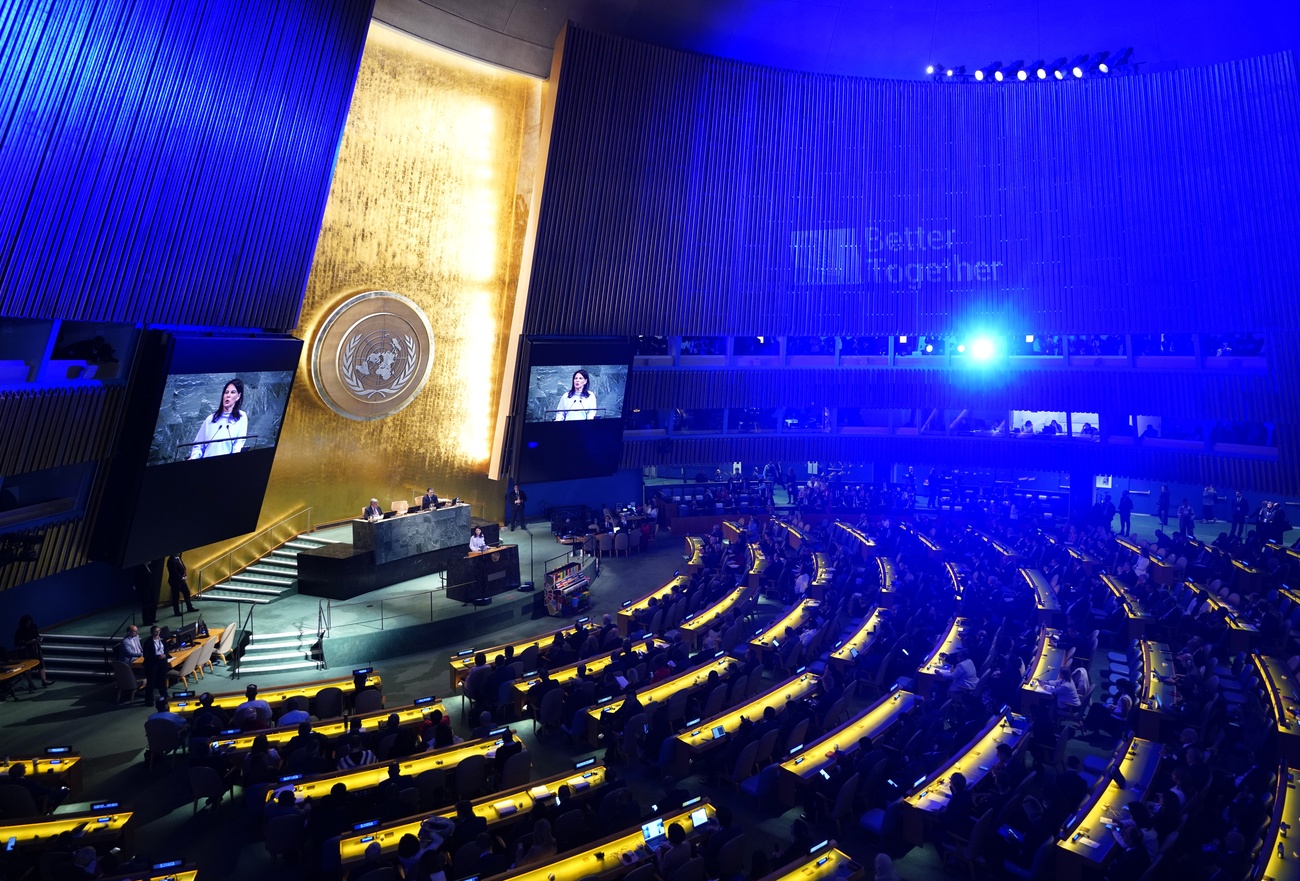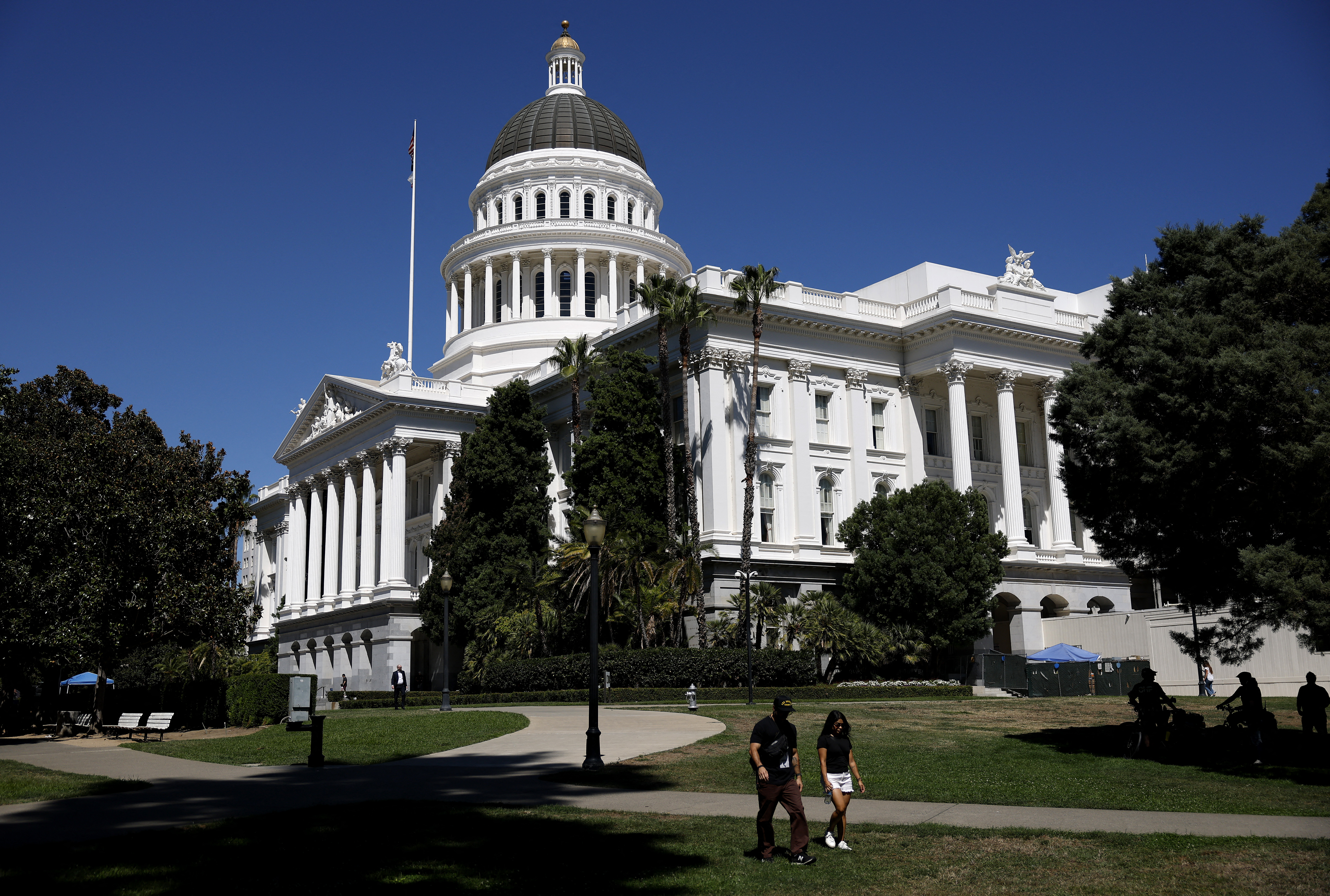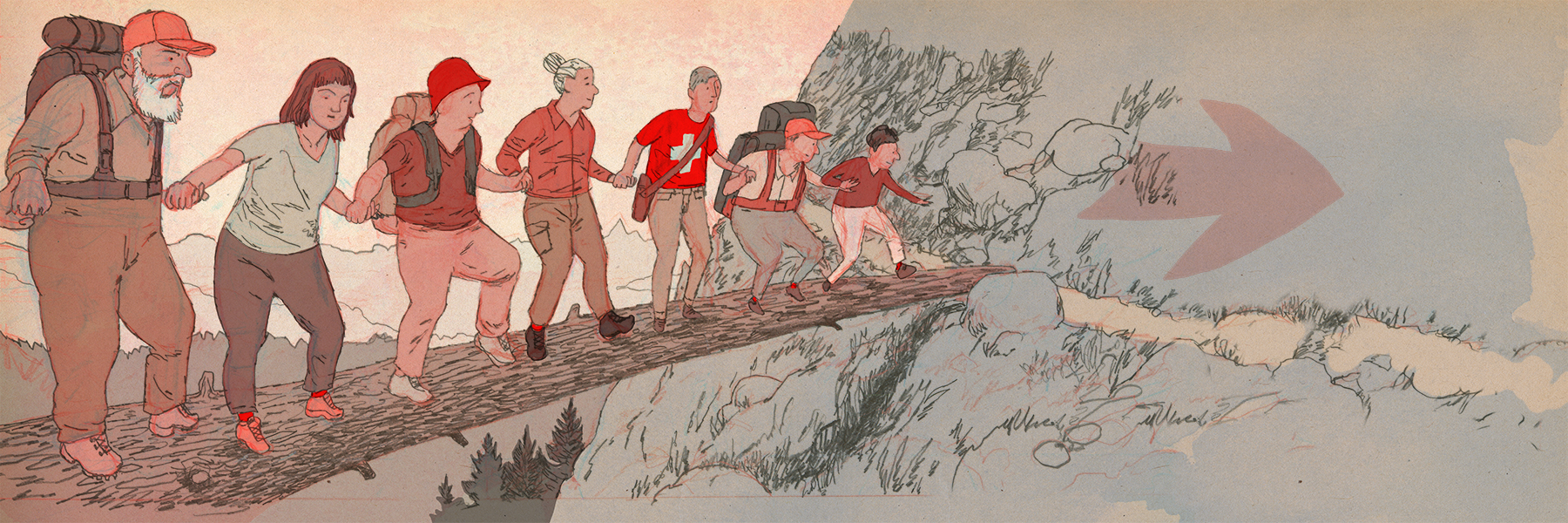
Analysis-How Europe can dodge a birth rate hard landing

By Mark John, Anne Kauranen and Gergely Szakacs
(Reuters) – For Emmanuel Macron, more babies are vital to maintain France’s national vigour. Italy’s Georgia Meloni has made encouraging more Italian women to give birth a top priority.
But, demographers and economists say, Europe’s attempts to boost its flagging birth rate are missing the mark. They urge a rethink – including a change of tack to accept and embrace the economic realities of an ageing population.
“It’s very, very difficult to increase fertility,” said Anna Matysiak who, as associate professor of labour market and family dynamics at the University of Warsaw, has observed years of under-achieving pronatalist policies across central Europe.
Europe’s fertility rate has been stuck around 1.5 births per woman for the past decade. That is above the lows seen in East Asia, but far short of the 2.1 needed to maintain population levels – a rate Matysiak and other experts interviewed by Reuters see as highly unlikely to be attained in the foreseeable future.
European governments are already spending billions of euros on top of basic welfare provision to fund pro-child measures ranging from outright cash incentives for children to tax breaks for larger families, paid parental leave and child benefit.
But even countries such as France and the Czech Republic, which in past years have had relatively lofty fertility rates around 1.8, are now seeing those fall. Across the continent, the reaons are varied and in some cases not fully understood.
DEEPER CULTURAL SHIFTS
Marta Seiz, Madrid-based university professor of family sociology, demography and inequalities, said factors such as soaring housing costs and job insecurity were linked to Spain’s fertility rate, at 1.19 second lowest in Europe after Malta’s.
“People would like to have children and they would like to have them earlier but they have not been able to do so for structural reasons,” she said.
Such economic constraints are felt everywhere. But there is also evidence of a shift in deeper cultural attitudes towards parenthood.
Norway – a wealthy country with strong family supports and job security – saw its fertility rate plummet from 2 in 2009 to 1.41, its lowest on record, by 2022.
In a 2023 country review, the Organization for Economic Cooperation and Development (OECD) suggested reasons for the fall including changing gender roles, greater focus on careers and even how social media can amplify a sense of insecurity. It concluded, however, that the slump remained a conundrum.
Finnish demographer Anna Rotkirch has also observed deep cultural changes in surveys assessing a similar drop in fertility in her country, with many young adults now seeing a fundamental trade-off between parenthood and other goals.
“This goes right into what is a desirable, pleasant and attractive life path, lifestyle, and broader values and ideals,” said Rotkirch, research professor and director of Finland’s Population Research Institute.
“No one really knows what kind of family policy would work in this new situation to promote fertility.”
UNTAPPED POTENTIAL
So does this condemn Europe to the dire “demographic timebomb” scenario often evoked of ageing, ultimately shrinking societies unable to sustain pension provision, hamstrung by chronic labour shortages and with no one to care for the old?
That depends on whether its economies deploy some of the levers at their disposal to adapt.
Economist David Miles at Imperial College London rejects the “timebomb” warning and says falling populations can avoid lower living standards if output per capita is maintained: among other things, if they evolve to work more and better.
“There is a deep flaw in the logic that there is something magical about 65 as the age when work stops,” said Miles, who argued that greater life expectancies and lower prevalence of strenuous work in Europe’s services-dominated economies made it possible for people to remain in labour markets for longer.
Moves to raise retirement ages remain politically toxic – witness the protests against Macron’s reforms last year. But the age at which workers in advanced economies leave the labour market has been rising slowly but steadily since around 2000.
Increasing women’s access to work could yield even more benefits. The proportion of European women in the labour market stands at around 69% – 11% lower than for men – meaning the untapped potential is high.
“A lot of additional economic resources can be drawn from that,” noted Willem Adema, senior economist in the OECD Social Policy Division, citing teleworking and other flexible arrangements as ways of helping more women into work.
Europe can also import more labour: beyond the noisy anti-immigrant rhetoric, it already relies on some 10 million non-EU workers. While migrants’ parental choices and welfare profile ultimately mirror those of the wider population, they have proven vital in addressing specific labour shortages.
And while predictions of the economic boost likely from automation and artificial intelligence can be taken with a pinch of salt, they at least offer the scope to enhance productivity.
Finland’s Rotkirch emphasised there was a still a need for family policy to support the decisions of would-be parents but called for a much wider debate on how to address low fertility, which she said traditional family policies alone would not fix.
“You see the long term trends,” said Adema. “If people don’t want to have children, there’s no point forcing them.”




























